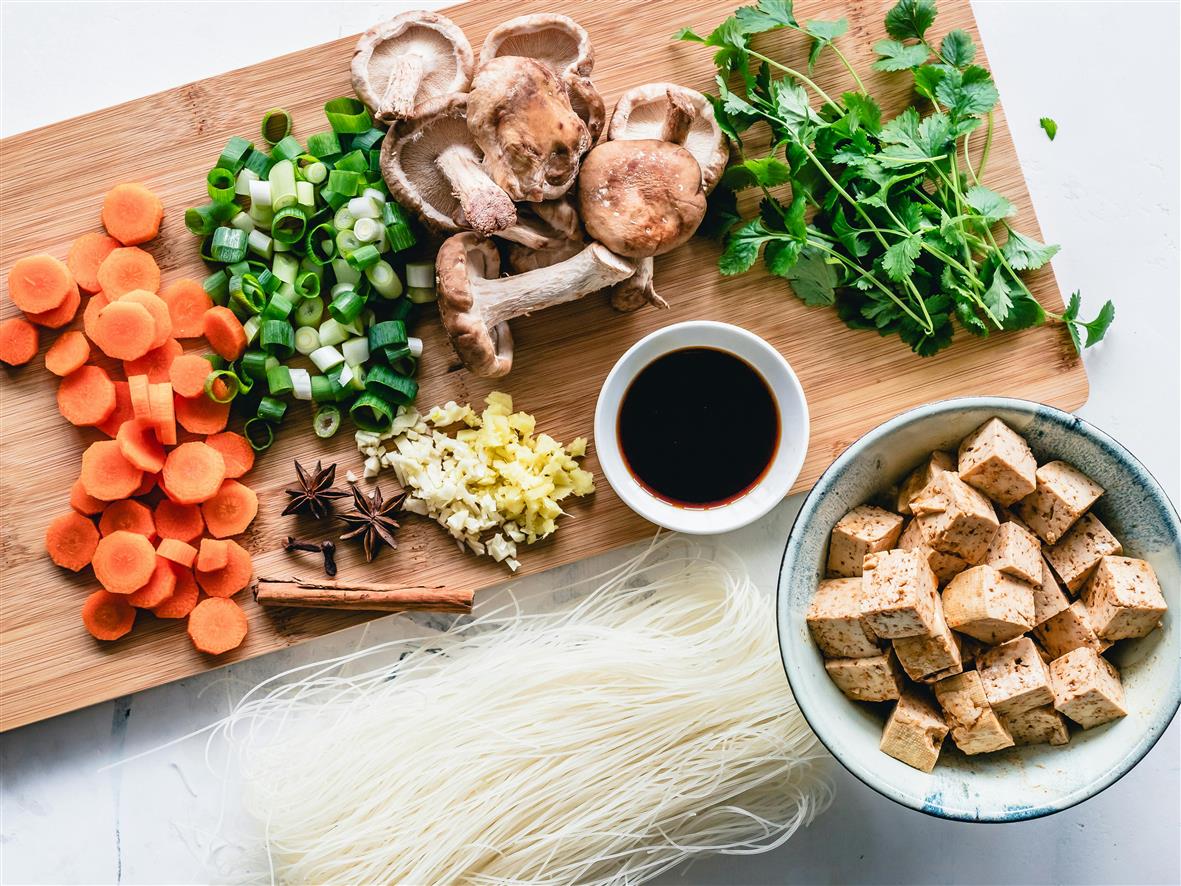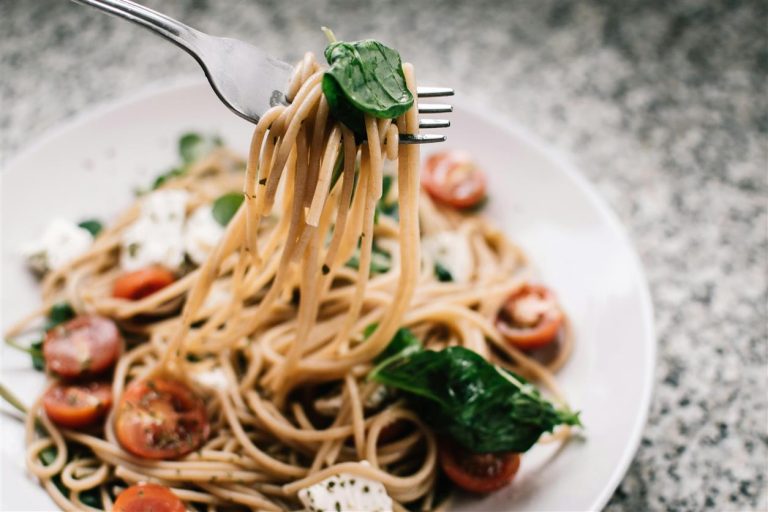
Once the domain of survivalists and hobbyist naturalists, foraging has quietly crept into the kitchens of the world’s top restaurants. No longer relegated to weekend walks in the woods or rustic cookbooks, wild ingredients—mushrooms, herbs, roots, berries, and even seaweeds—are now gracing tasting menus at high-end establishments from Copenhagen to New York.
This shift is more than culinary curiosity. It represents a broader reevaluation of where food comes from and how it’s valued. The wild food movement is not just about novelty. It’s about reconnecting with nature, celebrating locality, and elevating overlooked flavors into the refined realm of haute cuisine.
The Roots of the Wild
Foraging is as old as eating. Before agriculture, humans depended entirely on their environment for sustenance, learning through trial, error, and oral tradition which plants nourished and which could kill. Though most societies eventually moved toward cultivated food systems, wild plants and fungi retained cultural significance—especially in Indigenous and rural communities.
What’s different now is the context. In the 21st century, foraging has been reframed as both a philosophy and an aesthetic. It’s about more than gathering; it’s about slowing down, paying attention, and reconsidering our relationship with the land. In a world dominated by industrial agriculture and global supply chains, the appeal of something handpicked and fleeting feels radical.

From Forest to Plate: Why Chefs Are Embracing Wild Ingredients
What’s driving this wild surge into fine dining? A few intersecting forces:
- Flavor Complexity: Many wild ingredients carry nuanced, intense, or unusual flavors that simply can’t be found in grocery stores. Take spruce tips—bright, citrusy, resinous—or wild ramps, with their pungent, garlicky bite. These are not mass-market tastes. They’re layered, specific, and seasonal, which gives chefs a chance to tell a story with each dish.
- Local Identity: As diners become more interested in regional and seasonal foods, foraged items offer a way to express place through cuisine. A chef in the Pacific Northwest might plate miner’s lettuce and fiddlehead ferns, while one in Iceland might reach for wild dulse or reindeer moss. These aren’t just ingredients—they’re edible geography.
- Seasonal Drama: Wild food doesn’t wait. You have a few weeks—maybe even just days—to gather it. That ephemeral nature is perfect for chefs chasing surprise and seasonality. It’s a direct counter to the 24/7 availability of supermarket produce.
- Sourcing Differently: While the world debates food security and ecological limits, foraging has quietly emerged as a modest practice of working with nature. Many chefs and small producers are looking for ways to reduce reliance on industrialized agriculture—not necessarily as a solution to global hunger, but as a means to restore balance, respect, and originality to their food.
The Nordic Influence
The modern fine-dining turn toward wild ingredients owes a lot to Scandinavian chefs, particularly René Redzepi of Noma. His Copenhagen restaurant helped launch the “New Nordic” movement, centered on local, foraged, and fermented ingredients. Noma famously served reindeer moss, live ants, and birch sap, pushing the boundaries of what could be considered fine food.
But the trend has grown far beyond the North. In California, chefs forage wild fennel, bay laurel, and coastal seaweeds. In Japan, sansai (mountain vegetables) like warabi and kogomi have been part of traditional spring cuisine for centuries. In the UK, wood sorrel, nettles, and elderflower are showing up on Michelin-starred menus.
This isn’t mere copying—it’s adaptation. Chefs are embracing the principles of foraging and then interpreting them within their own ecosystems.
Safety and Ethics
Of course, foraging comes with challenges. Identification is critical: many edible plants and fungi have toxic lookalikes. Chefs and foragers must be trained, cautious, and humble in the face of nature’s complexity. Overharvesting is another issue. Some plants are vulnerable or endangered, and careless gathering can damage ecosystems.
The new wave of wild ingredient champions often partners with trained foragers or studies under experienced mentors. There’s also growing interest in foraging ethics: taking only what’s needed, leaving enough for wildlife, and never harvesting protected species.
In some places, regulations are tightening to prevent commercial overexploitation. In others, Indigenous communities are reclaiming rights to harvest on traditional lands, reinforcing that wild foods are not a new trend—but a very old heritage.
From Rustic to Refined
If you’re picturing piles of dirt-covered mushrooms on rough-hewn plates, think again. The wild food movement has matured. Chefs are applying refined techniques—sous vide, emulsification, fermentation, and foaming—to wild ingredients, creating dishes that are both primal and polished.
Imagine a dessert that captures the aroma of a pine forest: spruce tip granita over yogurt snow with candied lichen. Or a broth made from wild mushrooms and smoked roots, served with handmade noodles and wild garlic oil.
The flavors are deep and layered, but there’s a restraint—a respect for the ingredient as it is. In a world of artificial flavorings and lab-grown everything, there’s something almost rebellious about letting nature be the star.

Is It Scalable?
Critics argue that wild ingredients will never be more than a niche luxury. After all, you can’t mass-produce foraged foods. But that may be the point. This isn’t a model meant to replace farming or feed the masses. It’s a different approach entirely—one that values slowness, attention, and ecology.
In that sense, wild ingredients offer a challenge to the dominant logic of food production. Instead of control and predictability, they invite chefs and diners alike into a dance with nature: improvisational, seasonal, imperfect.
That doesn’t mean wild food will stay confined to elite restaurants. Urban foraging workshops, community herb walks, and forest-to-table pop-ups are making these ingredients more accessible. People are beginning to look at their local landscapes differently—not as scenery, but as a pantry.
Final Bite
The trend toward foraged and wild ingredients is less about novelty and more about reimagining how we relate to food. It asks us to slow down, to be curious, and to taste the landscape itself. From moss to mushroom, pine needle to purslane, these ingredients connect us to something older than agriculture and richer than convenience.
For chefs, it’s a new (or very old) way to create meaning on the plate. For diners, it’s an invitation: not just to eat—but to see, listen, and remember where food really begins.






